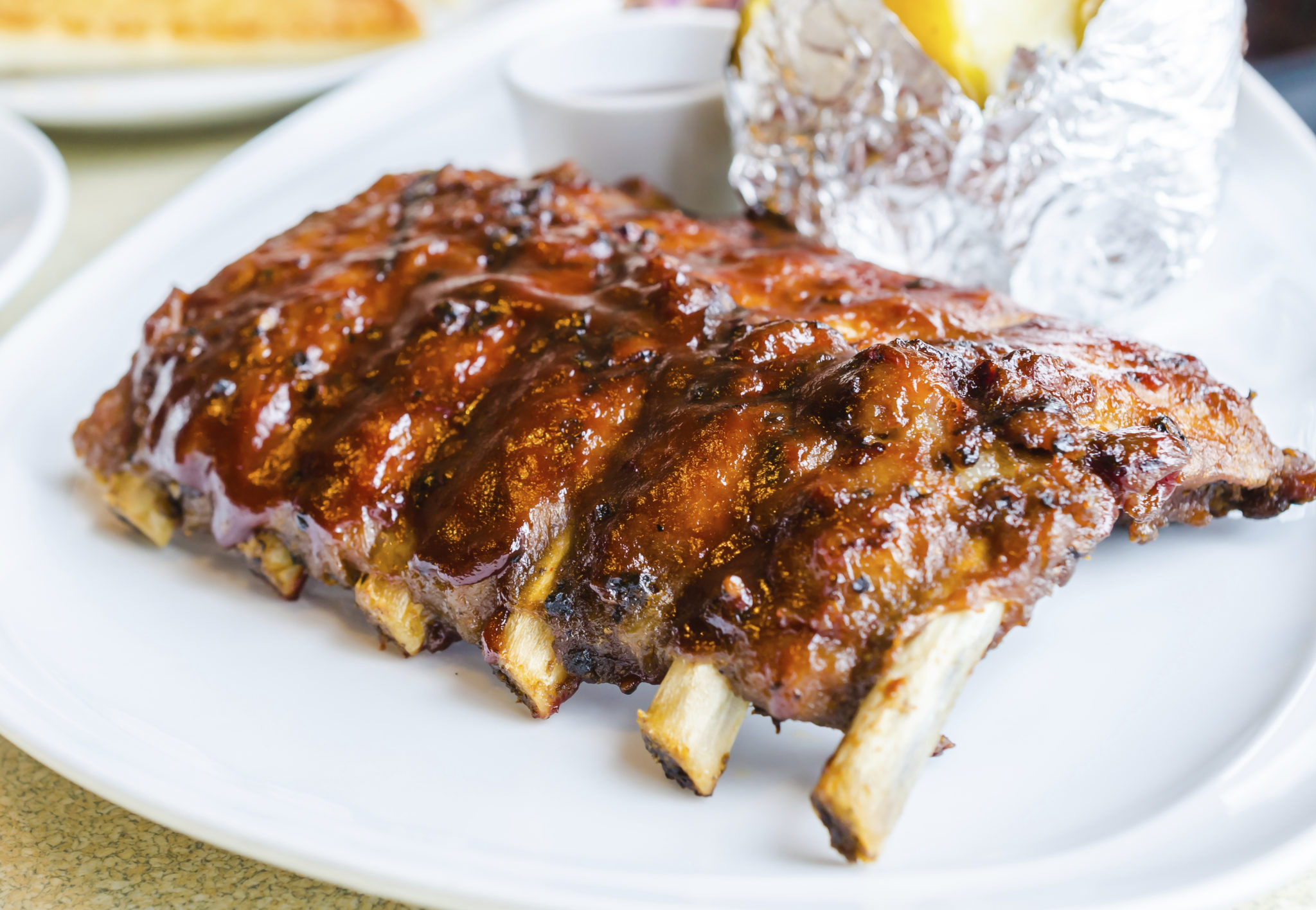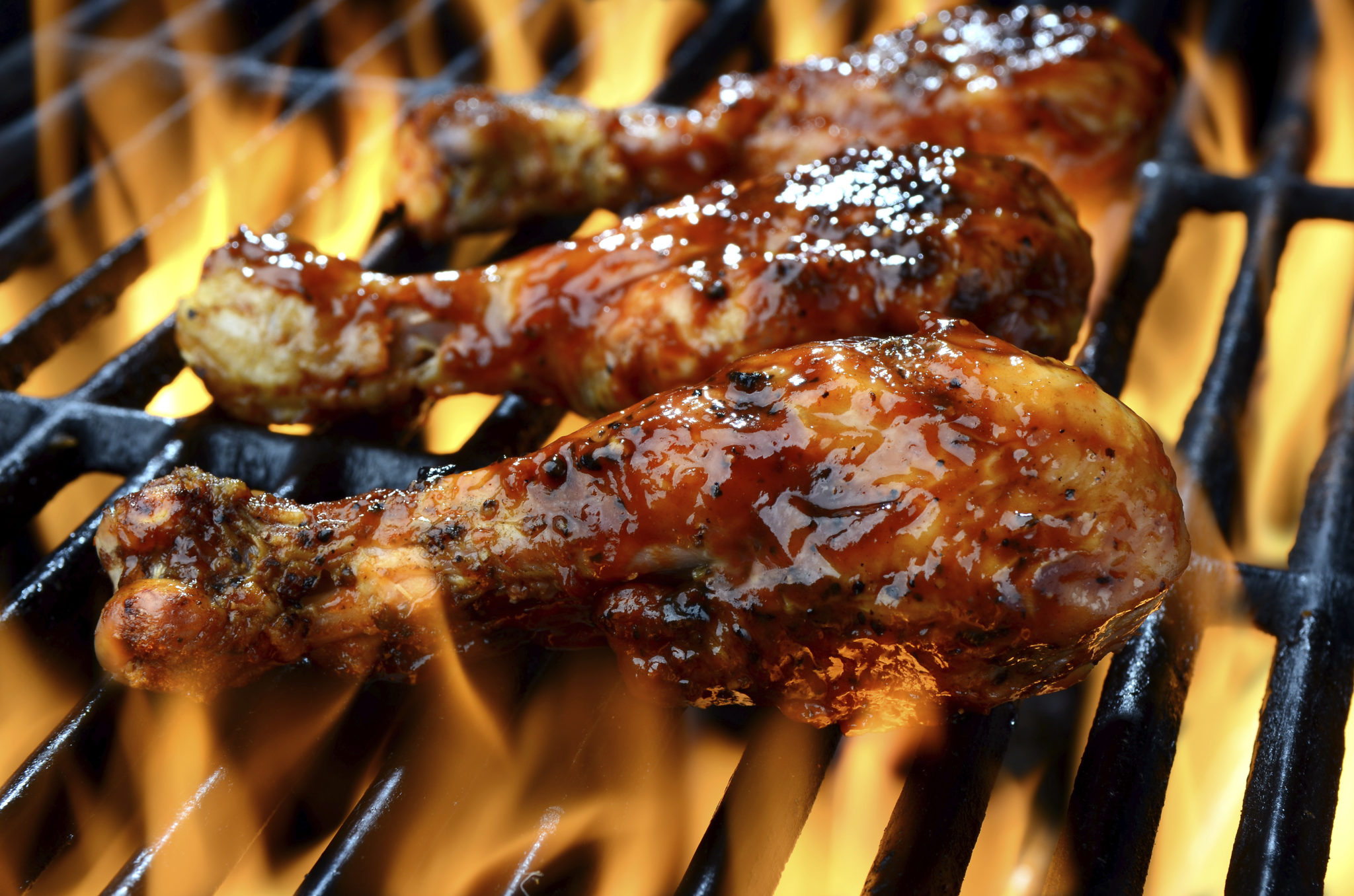According to the Smithsonian magazine, the history of barbecue in America dates back several hundred years, and it was first brought over by peoples from the Caribbean. Over the years, barbecue has left behind the backcountry of the Southern U.S. and has become a national trend, with smokehouses scattered all across the U.S. Perhaps as a culinary graduate you have an interest in serving up racks of ribs or some extra tender pulled pork. If that’s the case, there is plenty to know before you can call yourself a true smoke master.
Follow these three handy tips to become a genuine barbecue kingpin in no time:
1. Rely on daily specials
TM BBQ explained that while many people love eating barbecue, the menus at most eateries is limited. That’s because costs associated with buying meat can be higher than in other restaurants, so a lot of barbecue joints only specialize in a few select offerings. That’s why daily specials are so important in the barbecue industry. It gives people special incentive to visit the restaurant, and it allows the chef a chance to prepare something new and interesting. TM BBQ brought up the example of Dallas’ Lockhart Smokehouse: While the restaurant doesn’t normally sell a ton of beef short ribs, it can triple business by selling those ribs during one specific lunch rush. Daily specials are also a great way to cater to a specific audience. For instance, if you want to bring in plenty of families, you may offer a meal that has plenty of items for young kids and adults alike.
2. Find yourself a niche
In almost every American city, you can find a handful of barbecue joints to enjoy. If you’re looking to start your own, you may want to heed the Houston Chronicle’s advice and take steps to set your food apart. Make sure your sauce is one of a kind, with mix of flavors and spices that people attribute to you and your restaurant alone. Perhaps the best way to do that is to add spices to basic barbecue dishes. The Thrillist explained that there are a handful of barbecue styles in the U.S.:
- Memphis: A tangier taste thanks to its reliance on paprika and garlic.
- South Carolina: Much more mustard-based, with vinegar and brown sugar two favorite add-ins.
- North Carolina: In this state, BBQ cooks tend to rely on a mixture of spice and vinegar.
- Alabama: Here, white sauce, a combination of mayonnaise and vinegar, reigns supreme.
- East Texas: If you’re not using plenty of hot sauce and heat, then you’re not cooking like East Texas.
- Central Texas: The middle of Texas puts less emphasis on spices or sides and instead emphasizes the quality of the meat.
By understanding the basics of each region’s barbecue, you can add your own personal touches and form an identity for your restaurant.
3. It’s all about the wood
All great barbecue chefs use wood to cook their meats. But not just any tree will do, and it’s important to be choosy about what you use as kindling. The Forest Encyclopedia explained that a tree’s inherent smokiness has everything to do with the climate and soil where it grew. Bon Appetit added that because of these differences, each tree is suited for a distinct taste. Fruit trees, like cherry and peach, give meat a distinctly sweet flavor. Birch, meanwhile, is better suited for fish or or other strongly flavored meat items. Mesquite trees are good if you plan to use a lot of spices, while maple, oak and hickory are used almost exclusively with pork. Even the size of the wood pieces impacts the final dish, according to Amazing Ribs. Chips are good for short, quick cooks, while chunks are far better suited for longer sessions. Don’t use logs unless you’re a seasoned vet, as that much wood can ruin the taste of the meat.



